SEWAGE TREATMENT
sand polishing filters
OVERVIEW
Sand polishing filters provide a dual function of polishing the effluent from a wastewater treatment system and disposing of the treated liquid into groundwater. It incorporates an enclosed sand filter, which can be installed under or overground at varying heights to suit all site conditions. Our Tricel Sandcel filters can also be designed for larger applications by our inhouse team.
Sandcel sand polishing filters are designed to the EPA Code of Practice as tertiary treatment systems. These filters are the perfect solution for the treatment and disposal of effluent from a secondary treatment unit. The filters comprise of stratified layers of certified sands according to the EPA Code of Practice.
They are enclosed in GRP impermeable panels which will not rot or decay, ensuring the structure of the filter will hold for many years.
The filters can be installed above or below ground with all pipework accessible from a service pod.
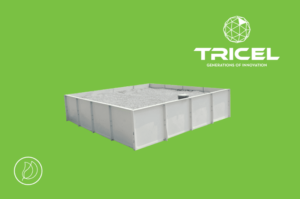
If you have any questions, feel free to call us
VISIT OUR virtual SHOWROOM
Tricel Sandcel maintenance
Maintenance service agreements are available for the Tricel Sandcel. To book a service agreement or discuss options and prices, get in touch with us today. For all the checks and procedures involved in the Sandcel maintenance, see below.
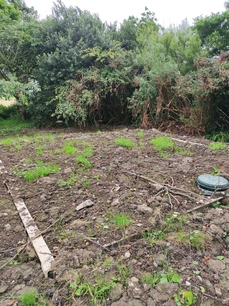
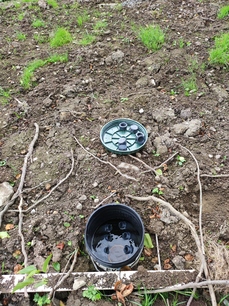
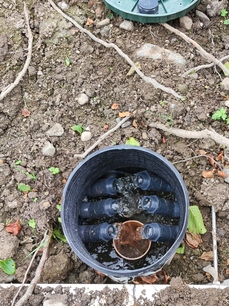
checks performed
- There should be no evidence of ponding.
- There must be no planting of vegetation in or around the Sandcel.
- The surface of the Sandcel is in good condition i.e: there is no damage from traffic/machinery passing over the surface area.
- The panels are alligned correctly (above-ground Sancels only).
- The soil level is correct within the Sandcel.
- The access cover of the sampling chamber is in good condition.
- The pipework within the sampling chamber is secure and there are no signs of leakage.
- The connection at the outlet of wastewater treatment system/pump chamber is secure.
- The pipework at the inlet is secure and no signs of leakage (above-ground Sandcel only)
procedures
- The vents in the sampling chamber are cleared.
- The vent from the gravel layer in service pod is cleared.
- The pipework within the Sandcel is rodded to ensure there are no blockages.
- The pipework is flushed, after rodding, to ensure there are no leakages in the sampling chamber and the pipework is secure.
- The level of the sludge in the septic tank/primary storage chamber is measured.
Articles you might be interested in
Our range of products
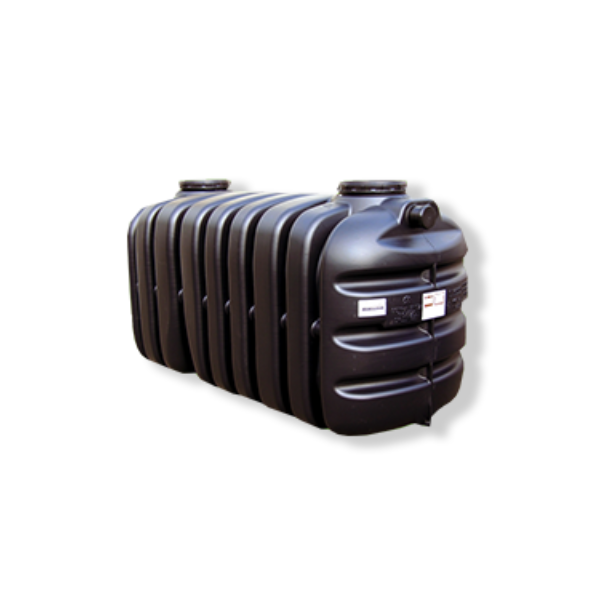
Tricel Vento Septic Tank
Shallow dig tank, strong & robust underground tank, No electrical or moving parts. Ideal for sites with good drainage & plenty of space.
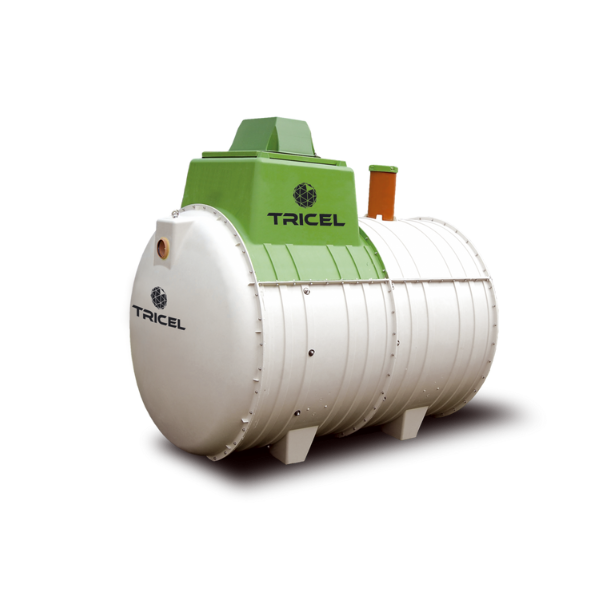
Tricel Novo Sewage Treatment Plant
Durable & long lasting SMC tank, shallow dig tank, easy installation (Plug and Play), long life components.
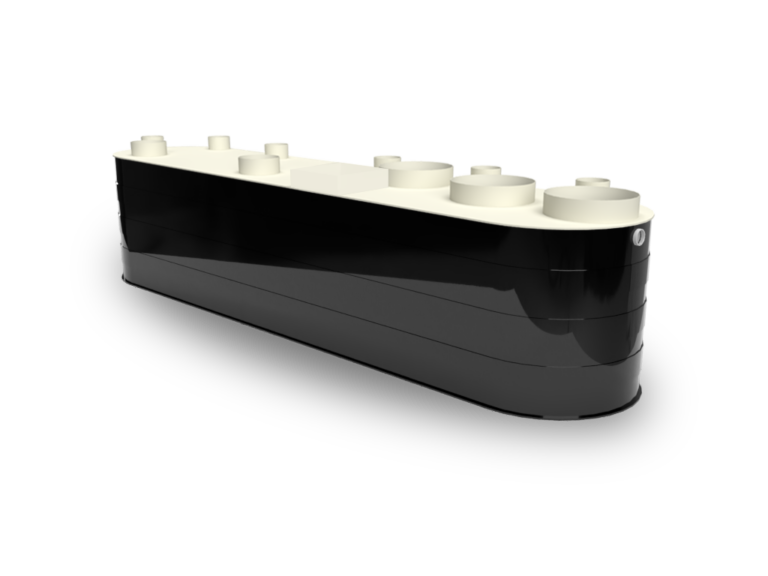
Tricel Maxus Sewage Treatment Plant
Commercial plant. Submerged Aerated Filter (SAF) technology. Ideal for project over 50 PE.
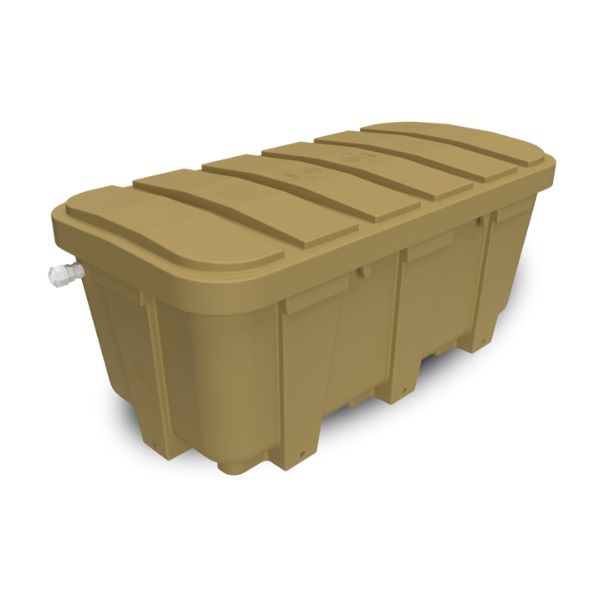
Tricel Tero Tertiary Treatment
An eco-friendly and modular system with proven E.Coli Treatment capabilities in line with the new EPA requirements.
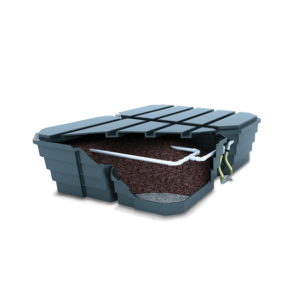
Tricel Puraflo Secondary treatment plant
Ideal for sensitive sites, compliant to Irish Standard, small footprint.
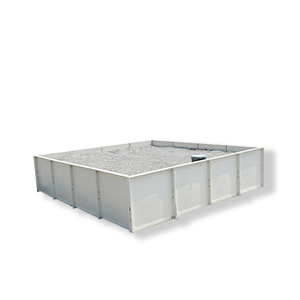
Tricel Sandcel
Sand Polishing Filter
Provides a dual function of polishing the effluent from a wastewater treatment system and disposing it into groundwater.
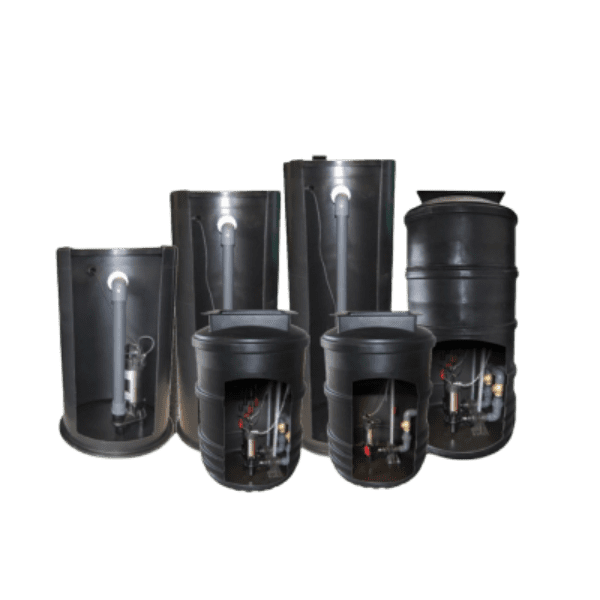
Tricel Pumping Stations
Pump fluids from one place to another where gravity drainage cannot be used, easy and trouble-free installation
50 years in business
A highly successful multinational corporation with over 50 years’ valuable industry experience
SEWAGE TREATMENT PLANTS
Plants available for all capacities, from 1PE up to 50PE. Free advice on request.
Fast Delivery
On-time delivery is a core requirement of our successful business operations
Meet our team
To find a technician in your area, visit our page
TALK SEWAGE TREATMENT
To speak to one of our agents online, click here
ASK FOR A QUOTE
Request a free quote today to have a quote that meets your project!
Key features

Cost-Effective
Operating costs are reduced to
a minimum

quality
Sewage treatment plants are extremely reliable and durable as they are made out of long-lasting materials (20 to 40 years)
Certified
All Tricel Novo sewage treatment plants are tested to the highest quality standards and are EU Certified to EN12566-3
Frequently Asked Questions
WHAT IS PE ?
PE represents the initials of Population Equivalent. Population equivalent: conversion value which aims at expressing non-domestic applications in terms of domestic loading based on 1 person creates 60 g/day BOD5 and 150l/day. (Code of Practice: Wastewater Treatment and Disposal Systems Serving Single Houses (p.e. < 10), EPA)
DIFFERENT PRODUCTS SOLD BY TRICEL
Tricel Novo & Vitae
Both are wastewater treament plant solutions manufactured by Tricel. Wastewater treatment plants offer a superior quality of treatment. For example, the Tricel Novo comprises of three independent wastewater treatment zones and offers an average of efficiency of 95.9% BOD removal.
This is a higher treatment standard than the effluent from a septic tank. Please note: all wastewater treatment plants used in Ireland must comply with the EN12566-3 standard and all septic tanks must comply with the EN12566-1 standard..
Tricel Vento
The septic tank from Tricel is manufactured as a primary treatment. Designed for the settlement of your effluent. This product may need an additional treatment like the Sandcel or Puraflo.
WARRANTIES
Most Tricel products have a warranty. To discover all the guarantees on our products, as well as on the internal parts, consult our dedicated product pages.
WHAT IS THE QUALITY OF THE WASTEWATER PRODUCED?
The required standards are 20:30:20 BOD, SS, NH4. All Tricel produces exceed the requirements when tested to En12566-3 and comply with SR66.
Learn more about our certification
MAINTENANCE ON THE WASTEWATER TREATMENT SYSTEMS
Tricel recommends that you maintain your device to the fullest. You are obliged by law to avoid all types of pollution or nuisances. Do not hesitate to contact us for more information on our service contracts. An annual maintenance contract may be offered.
Get in touch
Error: Contact form not found.